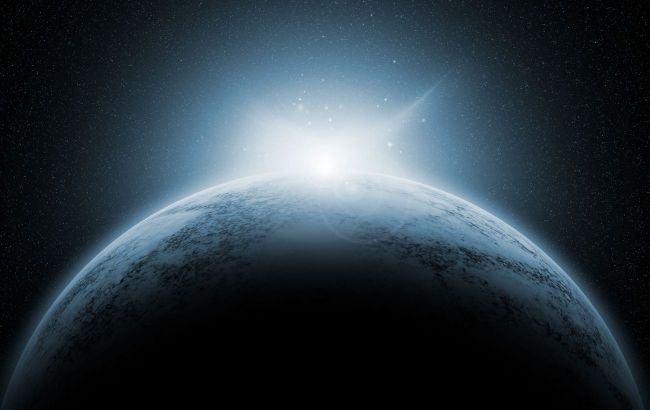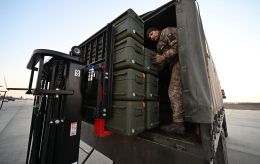Old Soviet satellite falling to Earth: Is there threat to people?
 An old Soviet satellite will crash into the Earth in early May (photo: freepik.com)
An old Soviet satellite will crash into the Earth in early May (photo: freepik.com)
A Soviet satellite that has long been out of order is expected to return to Earth in early May. Experts have already calculated the dates and approximate coordinates where the probe is most likely to fall. New York Post reports what is known about this Soviet satellite, when it will fall, and whether there is any threat.
The probe Kosmos-482 was launched in March 1972 by the Soviet Union. It was sent into space to collect data from the surface of the planet Venus. However, after being placed into Earth orbit, the satellite experienced a malfunction in one of its rocket boosters, and the interplanetary device went out of control. Since then, the probe has remained in Earth orbit and has not been able to return for all these years.
Due to the malfunction, Kosmos-482 broke into four parts. Two small fragments burned up in the atmosphere within a few days, while another part, weighing 500 kilograms—the descent module and engine—is still flying in a high elliptical orbit.
Now this satellite is causing concern among space experts, as it could potentially cause damage.
The device might well survive Earth atmosphere entry and hit the ground. In which case, I expect it’ll have the usual one-in-several-thousand chance of hitting someone, warns British-American astronomer Jonathan McDowell.

Kosmos-482 (photo: NASA)
According to scientists, the old space probe, about the size of a car, is expected to return to the atmosphere sometime between May 7 and 13, with a margin of error of 1–2 days.
According to Dutch space expert Marco Langbroek, the satellite may penetrate Earth’s force field and remain intact, as it was designed to survive passage through Venus’ fiery atmosphere.
McDowell believes that the satellite’s fall will resemble a car falling from the sky at a speed of 160 to 320 kilometers per hour. And although the probe was equipped with a parachute, scientists are not confident it will work after so many years and considering the device malfunctioned from the beginning. Most likely, it will crash hard.
With a mass of just under 500 kg and 1-meter size, risks are similar to that of a meteorite impact, added Langbroek.

Venus-4 probe (photo: NASA)
Despite the data, both McDowell and Langbroek believe that people should not worry, as the device will strike us no more than dense but inert space debris. Moreover, most of the world is uninhabited.
If you land something in a random part of the Earth, the chance that it hits a person is about one in 10,000. The chance that it hits you is then one in 10 billion – smaller than that, says McDowell.
According to Langbroek’s calculations, the malfunctioning device may fall "anywhere between 52 degrees north and 52 degrees south latitude". This is an area that includes much of the southern and middle latitudes of Europe and Asia, as well as the Americas, and all of Africa and Australia.
Of course, the biggest chances are that it will land in one of the oceans, the scientist says.
McDowell added that if this satellite causes damage, or worse, harms a person, the responsibility for this will lie with the Russian government.
Earlier, we reported that a private spacecraft lost at a distance of 300,000 km from the Earth.

